Typically AFAIK in a magnetron from a commercial microwave oven, the cathode filament is heated by a 3.3V 10A supply, generating a cloud of electrons by thermionic emission. The anode cavity resonator is then supplied 4000V, at which point the gap is bridged by the electrons (though in a whirl due to magnetic field, creating microwave oscillations as they pass past the cavities etc.) and it starts to draw about 300mA.
What dictates this current to the anode, 300mA?
What is the relationship with the output power? If one were to supply it only half of this for example i.e. 150mA, what would the effect on the microwave power of the oven be? Would it affect it linearly - i.e. one would generate half the microwave power as before? And then heat a cup of water in the oven half as quickly?
What would be the effect of reducing the temperature of the cathode, such that one slashed the number of electrons generated by half, on the current drawn by the anode and the resulting microwave power?
Many thanks!
